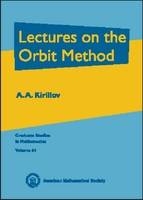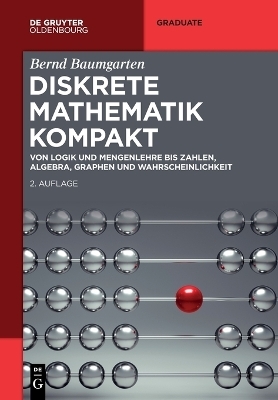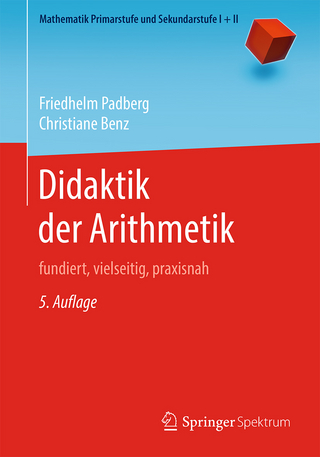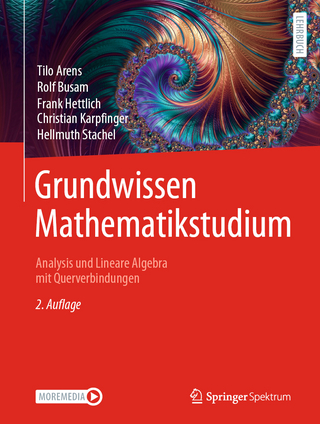
Lectures on the Orbit Method
2004
American Mathematical Society (Verlag)
978-0-8218-3530-2 (ISBN)
American Mathematical Society (Verlag)
978-0-8218-3530-2 (ISBN)
Describes the essence of the orbit method for non-experts and gives a detailed exposition of the method. This work can be used as a text for a graduate course, as well as a handbook for non-experts and a reference book for research mathematicians and mathematical physicists.
Isaac Newton encrypted his discoveries in analysis in the form of an anagram that deciphers to the sentence, 'It is worthwhile to solve differential equations'. Accordingly, one can express the main idea behind the orbit method by saying 'It is worthwhile to study coadjoint orbits'. The orbit method was introduced by the author, A. A. Kirillov, in the 1960s and remains a useful and powerful tool in areas such as Lie theory, group representations, integrable systems, complex and symplectic geometry, and mathematical physics. This book describes the essence of the orbit method for non-experts and gives the first systematic, detailed, and self-contained exposition of the method. It starts with a convenient 'User's Guide' and contains numerous examples. It can be used as a text for a graduate course, as well as a handbook for non-experts and a reference book for research mathematicians and mathematical physicists.
Isaac Newton encrypted his discoveries in analysis in the form of an anagram that deciphers to the sentence, 'It is worthwhile to solve differential equations'. Accordingly, one can express the main idea behind the orbit method by saying 'It is worthwhile to study coadjoint orbits'. The orbit method was introduced by the author, A. A. Kirillov, in the 1960s and remains a useful and powerful tool in areas such as Lie theory, group representations, integrable systems, complex and symplectic geometry, and mathematical physics. This book describes the essence of the orbit method for non-experts and gives the first systematic, detailed, and self-contained exposition of the method. It starts with a convenient 'User's Guide' and contains numerous examples. It can be used as a text for a graduate course, as well as a handbook for non-experts and a reference book for research mathematicians and mathematical physicists.
Geometry of coadjoint orbits Representations and orbits of the Heisenberg group The orbit method for nilpotent Lie groups Solvable Lie groups Compact Lie groups Miscellaneous Abstract nonsense Smooth manifolds Lie groups and homogeneous manifolds Elements of functional analysis Representation theory References Index.
| Erscheint lt. Verlag | 30.7.2004 |
|---|---|
| Reihe/Serie | Graduate Studies in Mathematics |
| Zusatzinfo | illustrations |
| Verlagsort | Providence |
| Sprache | englisch |
| Gewicht | 925 g |
| Themenwelt | Mathematik / Informatik ► Mathematik |
| ISBN-10 | 0-8218-3530-0 / 0821835300 |
| ISBN-13 | 978-0-8218-3530-2 / 9780821835302 |
| Zustand | Neuware |
| Haben Sie eine Frage zum Produkt? |
Mehr entdecken
aus dem Bereich
aus dem Bereich
Von Logik und Mengenlehre bis Zahlen, Algebra, Graphen und …
Buch | Softcover (2024)
De Gruyter Oldenbourg (Verlag)
74,95 €
fundiert, vielseitig, praxisnah
Buch | Softcover (2021)
Springer Berlin (Verlag)
32,99 €
Analysis und Lineare Algebra mit Querverbindungen
Buch | Hardcover (2022)
Springer Spektrum (Verlag)
64,99 €


